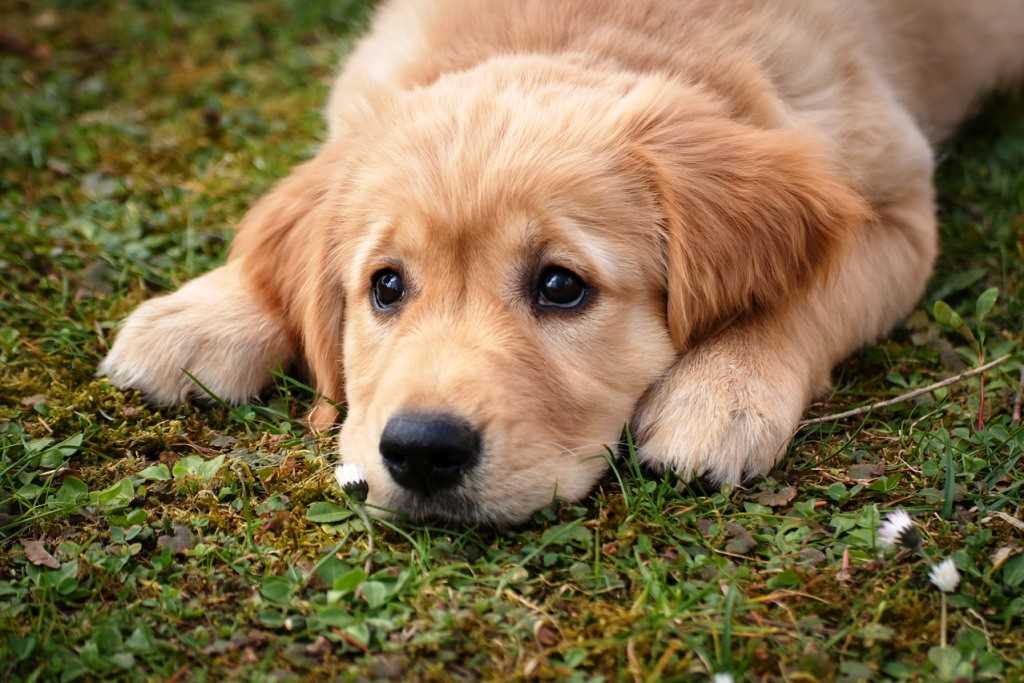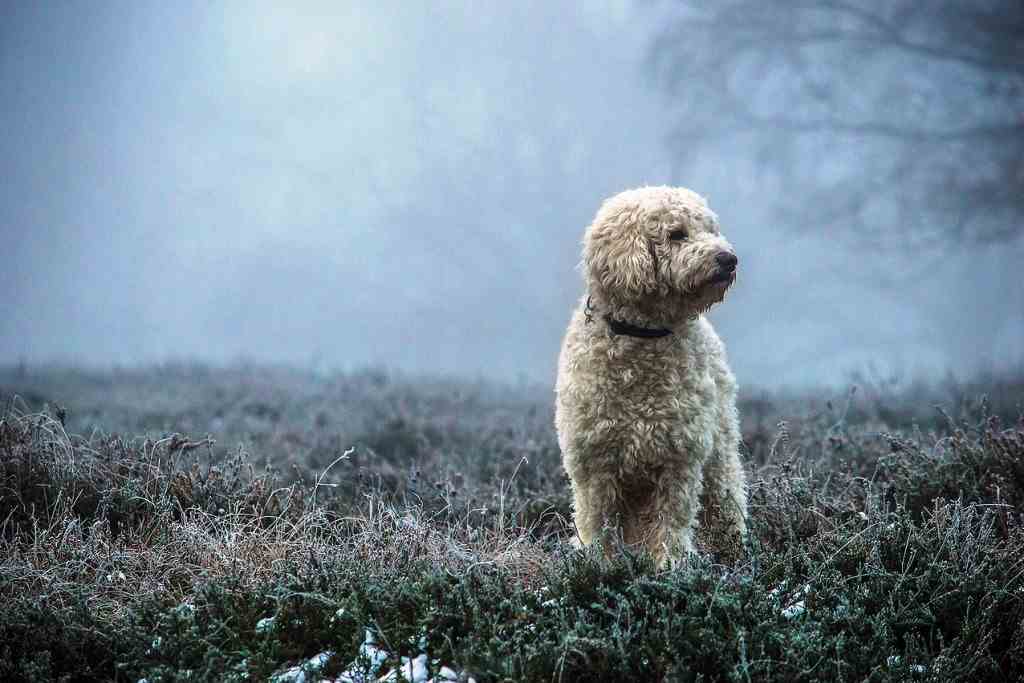The Lapinkoira dog breed is native to Finland and has a very ancient origin. Apart from Finland, it has become very popular in Scandinavia and the northern Russian regions, where it was used for guarding and leading reindeer. Their history began among the Sami nomads and continued until the 20th century when the lives of those nomads began to change, thanks to new technologies and a less nomadic life. These tribes slowly became less dependent on dogs for reindeer herding, but these dogs became very popular as companion dogs, due to their tame and affectionate nature.
Its origins are unknown, and it is not even known from which cross-breeding the Lapinkoira was later derived. To this day, this breed is not widespread outside Finnish borders, and apart from being appreciated as a companion dog, it is also appreciated as a guard dog.
Its name has undergone changes over the last century. The Finnish Kennel Club, first recognised this breed in 1945, but the name was changed to Lapphund, only in 1993 did the breed return to its original name.
There are two types of this breed; a long-haired one called Lapinkoira. The other short-haired called lapinporokoira
Character of the Lapinkoira dog breed
The Lapinkoira is known to be very affectionate and loyal, and bonds deeply with its owners. It is an excellent playmate for children, and also adapts well to other pets. It is a shepherd and guard dog, and has an average predatory instinct, so it warns, chases, catches, but hardly attacks. He is very sweet and likes to be the centre of attention, in fact he likes to make himself indispensable to his family.
He is devoted to his master and is easily trained as long as the education starts right from puppyhood, as this dog is sometimes a bit stubborn, so socialisation and obedience is recommended from a young age. However, he has great decision-making power, he is endowed with great intelligence and is able to immediately understand what is going on around him, but above all he is able to decide whether what is asked of him is convenient for him or not. The harsh extreme conditions he has been subjected to for centuries have made him sharp, brave and calm.
He is a friendly dog, adapts to do any kind of activity and learns very quickly. Towards older people it has an innate instinct of protection. Because of its calm behaviour and intelligence, it is a perfect dog for pet therapy, and the Lapinkoira in particular seems predisposed to helping children. It also excels in sports such as agility, flyball, etc.
He adapts very well to flat life, provided he has the opportunity to go out frequently and perhaps a garden reserved for him. In this connection, it should be pointed out that this dog is very fond of digging, and also of chewing plants, so it is a good idea to ensure that there are no poisonous ones in his enclosure. In fact, in order to be outdoors, which, by the way, he likes very much, he needs a secure enclosure and, above all, one that he cannot climb over and without holes, he is also able to escape through small holes.
He has a tendency to bark, for which training is necessary from an early age. He tends to pull at the leash a little and needs constant physical activity. It is therefore not suitable for elderly or sedentary people.
In Finland and Scandinavia it is called Santa’s dog.
Appearance of the Lapinkoira dog breed
The Lapinkoira is a medium-sized dog; the height at withers for a male is 46 to 52 centimetres and weighs 15 to 24 kilograms, the female usually a little less. It has a vigorous body and is rather robust in relation to its size. It is slightly longer than it is tall. The tail is inserted high and covered with long, thick fur, it drapes over the back or loins when the dog is on the move. Its movements are agile and fast when working.
The head is rather broad in males, whereas it is more elegant in females. The forehead is slightly protruding. The muzzle is straight and narrows towards the truffle, which is black or the same colour as the coat. The ears are straight, moderately large, well spaced, rather wide at the base. The eyes are oval and not very large, the colour is brown with shades to match the coat. The expression is serene and loving.
The coat is the peculiarity of the Lapinkoira, it is formed by a very dense undercoat and an abundant and long cover coat, which is rough and straight to the touch. In males, the neck and head are covered with a splendid, thick leonine mane; on the muzzle and lower limbs, the hair is almost shaved. The coat colours are varied, there is a dominant colour that may have shades of one or more different colours on the head, chest, neck, limbs and tail. Generally, the undercoat is lighter in colour than the outer coat.
Care and health of the Lapinkoira dog breed
The Lapinkoira is a hardy breed that has not been subjected to human manipulation and therefore does not have any serious genetic problems. It may be prone to progressive retinal atrophy and other hereditary eye conditions. Its average lifespan is around 12-14 years but it is not difficult for it to reach 15-16 years.
Due to its coat type, this dog suffers a lot from heat, so it is best to keep it indoors during the hottest hours, especially in urban areas. The cold, on the other hand, is not a problem given the double layer of fur that protects it.
It is a very active and lively dog that needs a diet rich in nutrients; if it gets enough exercise it is not a dog predisposed to being overweight.
As far as coat care is concerned, the Lapinkoira must be brushed every day, so it is not suitable for allergic persons as it loses a lot of hair, especially during seasonal shedding.


